Maneosa Temple (만어사)
10.7Km 2024-02-23
776 Maneo-ro, Samnangjin-eup, Miryang-si, Gyeongsangnam-do
Maneosa Temple, perched on Maneosan Mountain in Miryang, dates back to 46 A.D. and is steeped in tradition and numerous legends. During the Silla dynasty, it served as a ceremonial site for the king to conduct Buddhist rites. Notably, beneath the Mireukjeon Hall lies the Maneoseok Rocks, reputed to be fish that transformed into stones. Remarkably, these stones emit a clear, bell-like sound when struck, earning them the nickname Jongseok (Bell stone). The temple also features a three-story stone pagoda, standing 3.7 meters tall, which has been designated as a Treasure.
Paraesopokpo Falls (파래소폭포)
10.9Km 2021-06-16
200-78, Eoksaebeol-gil, Ulju-gun, Ulsan
+82-52-254-2123
Paraesopokpo Falls is located in Baenaegol Valley, connected to the foothills of Ganwolsan and Sinbulsan Mountains. The falls and surrounding valley are a popular attraction during the summer among vacationers and hikers eager to escape from the summer heat. The falls' water flows into Baenaecheon Stream, which later merges with the Nakdonggang River.
Gyeonggi Sikdang (경기식당)
11.1Km 2024-02-23
86 Sinpyeonggangbyeon-ro, Habuk-myeon, Yangsan-si, Gyeongsangnam-do
Gyeonggi Sikdang is nestled near the Tongdosa Temple, one of Korea's three major temples. It is celebrated for its expertise in Korean cuisine. The restaurant's signature dish is sanchae bibimbap (wild vegetable bibimbap), a vibrant mix of at least five types of namul (salad) harmoniously blended with their homemade gochujang (red chili paste). Each order is thoughtfully paired with an array of side dishes and a complementary soup. In addition to this signature dish, Gyeonggi Sikdang's menu boasts a diverse selection of Korean specialties, such as deodeok gui (grilled deodeok), dotorimuk (acorn jelly salad), pajeon (green onion pancake), and baeksuk (whole chicken soup).
Tongdo Fantasia (통도환타지아)
11.4Km 2022-09-26
68, Tongdo 7-gil, Yangsan-si, Gyeongsangnam-do
+82-55-379-7000
Tongdo Fantasia is located in Yangsan, Gyeongsangnam-do, which shares borders with Milyang, Ulsan and Busan. This makes the amusement park very accessible by any means of transportation. Tongdo Fantasia operates Tongdo Country Club as well, and nearby Tongdosa Temple is also available for visitors who want to look around the local historic sites. The amusement park, the biggest theme park in Gyeongsangnam-do sits at the foot of Yeongchwisan Mountain, has over 30 amusement facilities, a large-scale swimming pool, a natural lake, a plaza for various events and a large-scale outdoor theatre, all offering various activities and events.
Juklim Sanbang (죽림산방)
11.6Km 2024-02-26
13 Daeseok 2-gil, Sangbuk-myeon, Yangsan-si, Gyeongsangnam-do
Juklim Sanbang is a Korean restaurant located near the entrance of Hongnyongsa Temple in Yangsan. They focus on health-conscious cooking, incorporating medicinal herbs and herbal-infused water in all their dishes. The restaurant's standout offering is the Juklim jeongsik (Juklim set menu), a comprehensive meal featuring a variety of items, including salad and grilled fish. To stimulate the appetite before the main menu, sansam (wild ginseng) and doraji jeonggwa (braised bellflower root in sweet sauce) are served. For a delightful conclusion, sungnyung (scorched rice soup) is offered as dessert.
Hongnyongsa Temple (Yangsan) (홍룡사(양산))
12.6Km 2025-01-17
372 Hongnyong-ro, Sangbuk-myeon, Yangsan-si, Gyeongsangnam-do
Hongnyongsa Temple, situated on Cheonseongsan Mountain, is renowned for its stunning natural scenery and rich historical traditions. Nearby, Hongnyongpokpo Falls, also known as Mujigaepokpo Falls (Rainbow Falls), captivates tourists with its splendid and invigorating waterfalls. Nestled within lush forests, the temple features a variety of intriguing structures, such as the Gwaneumjeon Hall, the Great Medicine Buddha, and the Sansingak Shrine.
Naewonsa Temple (Yangsan) (내원사(양산))
12.8Km 2024-02-23
207 Naewon-ro, Habuk-myeon, Yangsan-si, Gyeongsangnam-do
Naewonsa Temple, situated in Cheonseongsan National Park, is home to a monumental Buddha statue standing at 5.5 meters, crafted during the Silla dynasty. The temple complex features various structures, including Bogwangjeon and Geungnakjeon Halls, showcasing its captivating architectural style. Renowned for its picturesque mountain landscapes and as a popular destination for autumn foliage, the temple attracts numerous visitors every year.
Naewonsagyegok Valley (내원사계곡)
12.8Km 2021-02-18
207, Naewon-ro, Yangsan-si, Gyeongsangnam-do
+82-55-380-4826
Naewonsagyegok Valley is located just below Naewonsa Temple at the foot of Cheonseongsan Mountain. The valley is surrounded by Jeongjoksan Mountain to the northeast, Wonjeoksan Mountain to the south, and Cheonseongsan Mountain to the southeast. The water running through the numerous valleys between these mountains has formed streams like Yongyeoncheon and Sangnicheon, which form the Yangsancheon Stream out of Naewonsagyegok Valley.
Naewonsagyegok Valley was formerly called Sogeumgang (little Geumgang), meaning that its beautiful scenery is comparable to that of the breathtaking Geumgangsan Mountain. It is also known as the “mystical valley” as crystal clear water flows all year round. The word “Sogeumgang” is distinctly engraved on one side of the cliff and large rocks stand in layers throughout the valley. Some of the rocks are called Byeongpungbawi Rock, literally meaning folding screen rocks, as they are stretched out much like folding screens.
The valley and the surrounding mountains are a popular summer vacation spot and a well-known hiking destination during the spring, fall, and winter. Muk (acorn jelly) made with acorns gathered from this area not only tastes great, but is also very healthy. Nearby attractions include Tongdosa Temple and Hongnyongpokpo Falls.
* Entrance into the upper region of Naewonsagyegok Valley is restricted.
Miryang Eoreumgol Valley (밀양 얼음골)
13.0Km 2020-08-25
1647, Sannae-ro, Miryang-si, Gyeongsangnam-do
+82-55-356-5640
Just north of Jaeyaksan Mountain, Eoreumgol Valley (Ice Valley) sits at an elevation between 600 and 750 meters and covers an area of 29,752m². Designated as Natural Monument No. 224, the valley is unusual in that it begins to freeze in March when the weather becomes warm and thaws in the fall when the weather becomes cold. In the winter, the valley generates warm breezes and the water rarely freezes. Because of these unique attributes, the valley is considered one of the Four Mysteries in Miryang and attracts visitors from early summer through fall.
Yangsan Museum (양산시립박물관)
13.1Km 2021-08-05
78, Bukjeong-ro, Yangsan-si, Gyeongsangnam-do
+82-55-392-3314
Yangsan Museum opened April 11, 2013 to preserve and study excavated cultural items from the Yangsan area, as well to act as an educational and cultural content space.
The design of the museum resembles the dolmen in Singi-dong and curved lines seen on the eaves of Tongdosa Temple’s Daeungjeon Hall, while the rotunda in the middle of the museum visualizes the old fire beacon on Wonjeoksan Mountain.
Yangsan Museum is comprised of five floors presenting the history and culture of Yangsan. The main exhibition hall is divided into a History Hall, Ancient Hall, Children's Historical Experience Hall, Special Exhibition Hall, and 3D Visual Hall. As the exhibition halls are divided by theme and period, the flow of the museum allows you to easily absorb the information on display. Not only does the museum display relics, but also models, dioramas and a variety of footage is on display, presenting the past, present, and future crossing over in one space to give visitors a nice sense of realism as they tour the facility.

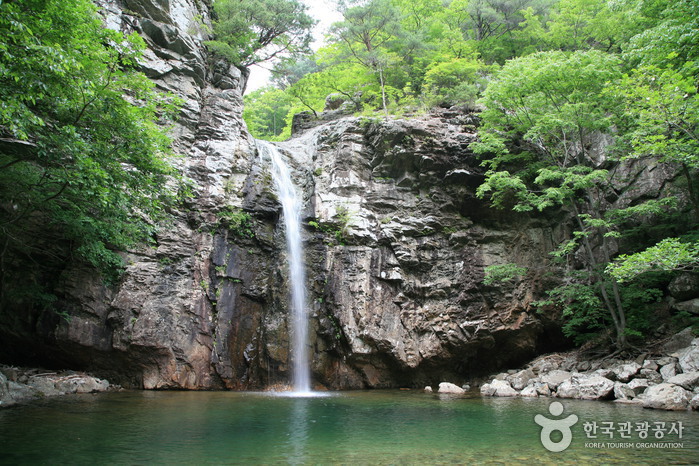
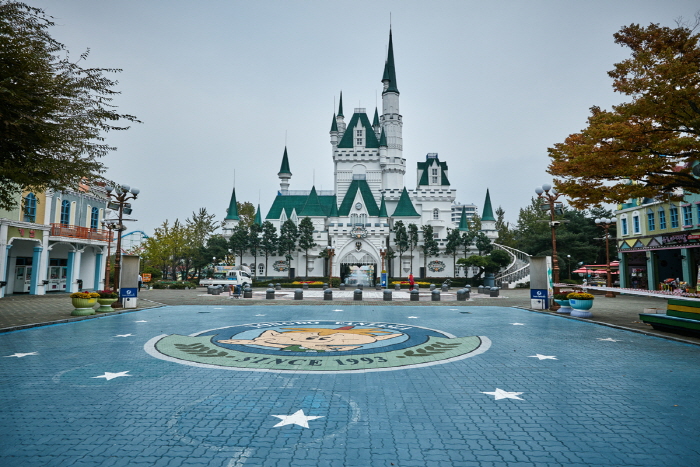
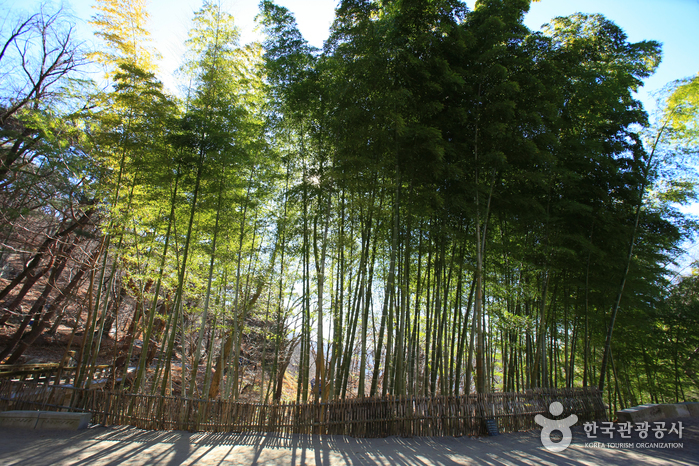
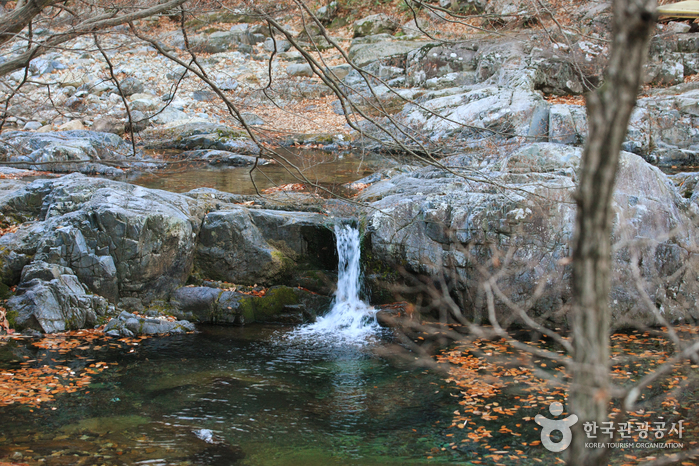
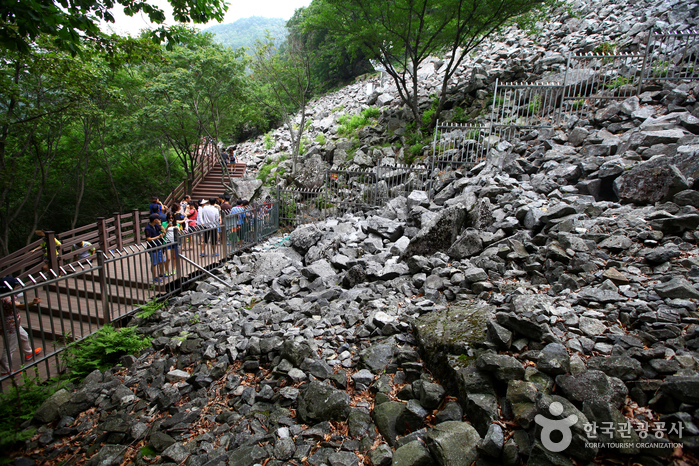
 English
English
 한국어
한국어 日本語
日本語 中文(简体)
中文(简体) Deutsch
Deutsch Français
Français Español
Español Русский
Русский